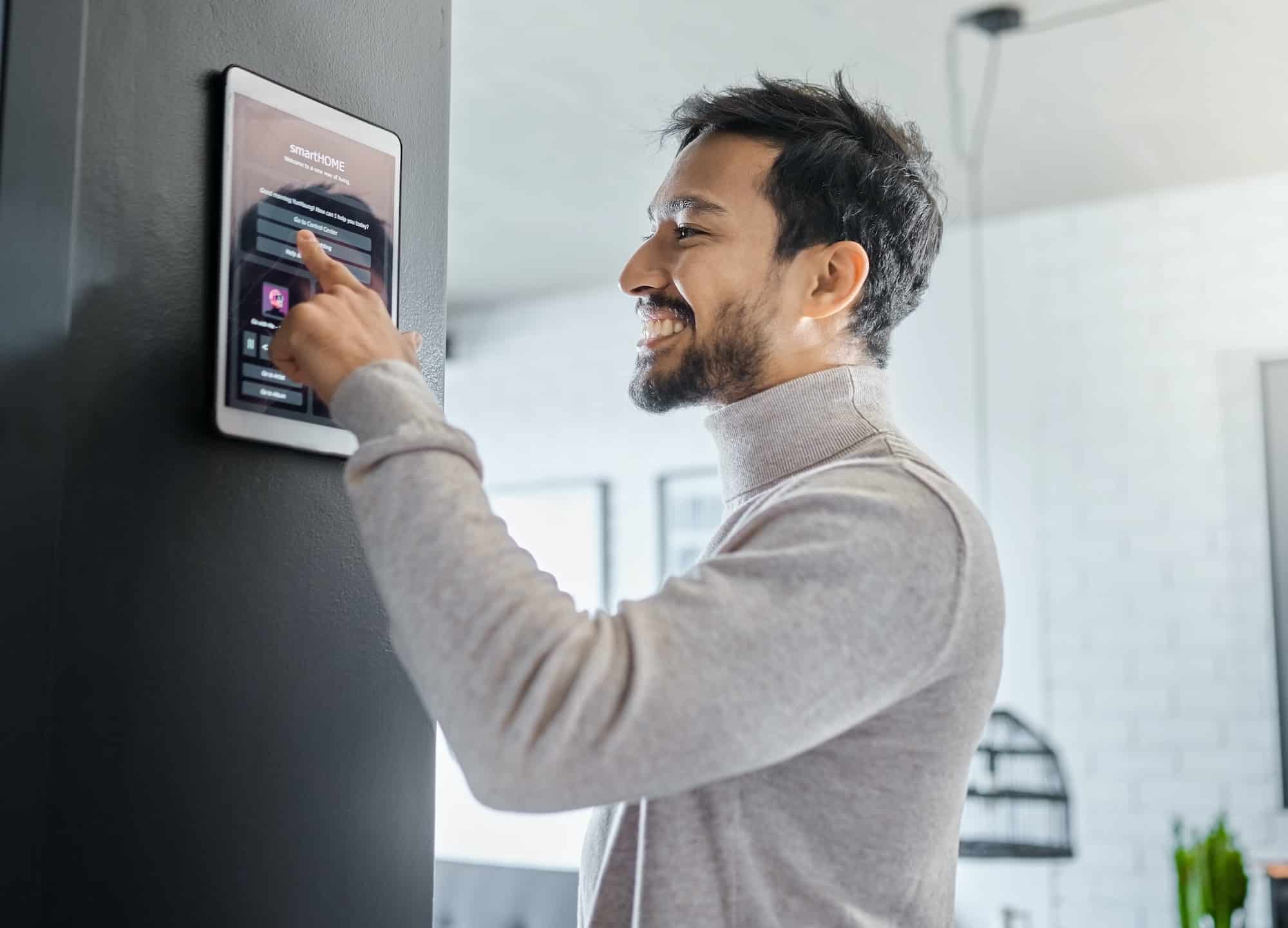How to Design Smart Homes with Advanced Air Purification Systems?

As we venture deeper into the 21st century, the idea of having smart homes is no longer a fragment of our imaginations but rather a reality. In the wake of this technological revolution, air purification systems have become an integral part of smart home design. These devices not only ensure the quality of air inside homes, but also feature state-of-the-art technology, allowing homeowners to control them with a click of a button. Let’s explore how to design smart homes with advanced air purification systems.
Understanding Smart Air Purification Systems
The first step towards designing a smart home with an advanced air purification system is understanding what it entails. A smart air purification system is a device integrated with intelligent technology that cleanses the air in your home, removing harmful pollutants for healthier indoor air quality.
Lire également : What Are the Best Techniques for Maximizing Natural Light in Narrow Urban Homes?
These systems are typically equipped with a plethora of sensors that gather data on the quality of air inside your home. The data is then processed and the system adjusts its operation to maintain optimal air quality. Such systems are often compatible with other home automation devices and can be controlled remotely using smartphones or voice-activated control systems such as Google Assistant.
The cutting-edge technology in these systems allows them to efficiently use energy, thus reducing the overall carbon footprint of your home. Furthermore, these systems often come with security features that ensure the safety and privacy of the user’s data.
A découvrir également : What Strategies Are Effective for Real Estate Marketing to International Buyers in the UK?
Choosing the Right Air Purification System
Selecting the right air purification system for your smart home is crucial. When evaluating your options, consider factors such as the size of your home, the type of pollutants you want to eliminate (dust, allergens, bacteria, etc.), and the level of automation you desire.
When it comes to size, larger homes might require air purifiers with a higher capacity or multiple units. In terms of pollutants, if you’re particularly concerned about bacteria or viruses, opt for a system with a high-quality HEPA filter or UV-C technology.
For automation, look into devices that offer remote control features. This allows you to adjust settings or check air quality data from anywhere in your home. In addition, you might want to consider a system that integrates with your existing smart home devices like Google Home.
Incorporating Smart Air Purifiers into Home Design
Incorporating smart air purifiers into your home design can be a seamless process if planned correctly. Ideally, your air purifier should be situated in a central location for maximum coverage. However, the design of the purifier should also complement the aesthetic of your home.
Many smart purifiers on the market have sleek, modern designs that blend well with contemporary home decors. Some models can even change color or display art, serving a dual purpose as a decorative piece.
If you’re worried about noise, look for models that offer a ‘quiet’ or ‘night mode’ feature. This way, you can maintain air quality without disturbing the peace.
Installing and Configuring Your System
Once you’ve chosen and purchased your smart air purification system, the next step is installation and configuration. Most smart air purifiers are plug-and-play devices, meaning they require minimal setup. However, connecting them to your home automation system and configuring the settings may take some technical know-how.
The process generally involves connecting the device to your Wi-Fi network, installing the manufacturer’s app on your smartphone, and following the instructions to link the two. Once connected, you’ll be able to control the system remotely, adjust its settings, and view real-time data about your home’s air quality.
Maintaining Your Air Purification System
Maintaining your smart air purification system is crucial to ensure its longevity and efficiency. This typically involves regular cleaning and replacement of filters. Most smart air purifiers notify you when the filters need changing, taking the guesswork out of maintenance.
Furthermore, keeping the device’s software up to date is important. Regular updates not only fix bugs and improve performance but also add new features and security enhancements. Most smart air purifiers automatically update their software when connected to the internet, so you don’t have to worry about manually updating them.
In summary, designing a smart home with an advanced air purification system involves a deep understanding of the technology, careful selection of the right system, proper installation, and regular maintenance. With the right approach and a little know-how, you can enjoy cleaner, healthier air in your smart home.
Harnessing Advanced Technology for Smart Air Purification
With rapidly advancing technology, smart air purification systems are becoming more sophisticated. The incorporation of artificial intelligence and machine learning has significantly enhanced the effectiveness and convenience of these devices.
Machine learning allows smart air purifiers to "learn" and adapt to the unique characteristics of your home. For instance, they can recognize patterns related to when and where air pollution is usually highest, and then adjust their operation accordingly. This not only improves air quality but also promotes energy efficiency as the system uses power only when necessary.
Modern smart air purifiers are also equipped with real-time air quality monitoring. They use sensors to continuously measure the levels of various air pollutants, such as dust, allergens, and volatile organic compounds. The real-time data is displayed on the device or accessible via a smartphone app, allowing you to monitor your indoor environments’ air quality at any time.
Smart technology has also enabled integration with other smart devices in your home. For instance, your air purifier can sync with your HVAC system to optimize air circulation and purification. Some models can even be paired with smart home platforms like Google Home, enabling voice-activated controls for added convenience.
Conclusion: Embracing Smart Living with Advanced Air Purification
In conclusion, designing smart homes with advanced air purification systems is a significant step towards healthier, cleaner, and smarter living. With the aid of modern technology like artificial intelligence, machine learning, and real-time air quality monitoring, these systems efficiently cleanse your indoor air while seamlessly integrating into your smart home ecosystem.
Choosing the right system requires careful consideration of factors like the size of your home, types of pollutants, and desired level of automation. Furthermore, the system should blend well with your home décor, and not disrupt the peace with excessive noise.
Once installed, maintaining the smart air purification system is vital. Regular cleaning, filter replacements, and software updates ensure optimal performance and longevity of the system. With the right device in place, you can enjoy an enhanced quality of life with cleaner air and smarter control over your indoor environments.
The future of smart homes is promising, with advanced air purification just a part of the larger picture. As technology continues to evolve, we can expect even more innovative and efficient solutions to improve our living spaces, making our homes truly ‘smart’. The power of Internet Things combined with other digital solutions will continue to shape our experiences, offering healthier, safer, and more comfortable living spaces. The journey towards smart living is just beginning.
